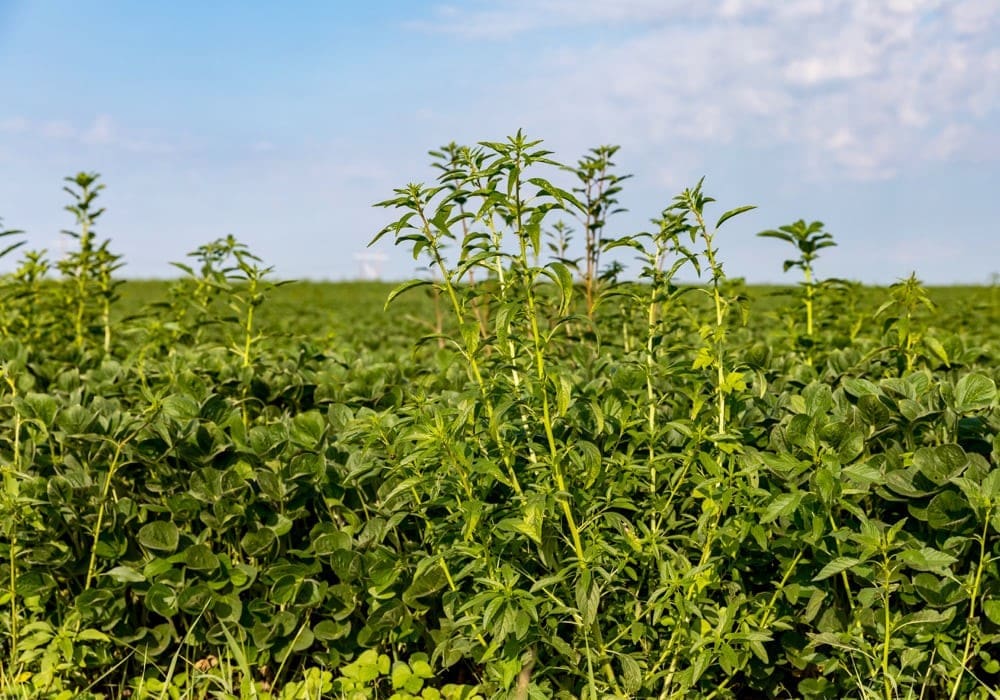Now that harvest is complete, it’s a good time for farmers to assess how well they managed waterhemp in 2024 and plan for 2025. Farm Progress offers some strategies that could help improve their approach for next year:
1. Switch Up Herbicides or Rates: Many farmers use herbicide mixtures to control different types of weeds. For 2025, they should evaluate whether their current mixtures are effective. Trying different combinations and adjusting the rates of active ingredients can help better target waterhemp and reduce the need for post-emergence herbicides.
2. Focus on Timing: Applying post-emergence herbicides before waterhemp reaches 3 inches tall is important. While this may require earlier applications than preferred, it is crucial to target the weeds before they emerge fully.
3. Use Residual Herbicides: Applying residual herbicides before and after crop emergence helps extend weed control throughout the season. This strategy is especially effective for managing waterhemp, which tends to emerge later.
4. Tailor Management to Specific Fields: Weed pressure can vary across fields, so farmers should consider using different herbicides or adjusting application rates in areas with higher weed pressure, particularly along field edges or in spots that experienced water damage in 2024.
5. Incorporate Non-Chemical Tactics: In addition to herbicides, farmers can manage waterhemp using methods such as narrow soybean rows, cover crops, cultivation, hand-weeding, and newer tools like electric weeders. Combining these tactics with herbicide treatments will improve long-term control.
Now is the time to review and adjust weed management strategies for 2025. By considering multiple approaches, farmers can increase their chances of successfully managing waterhemp.













